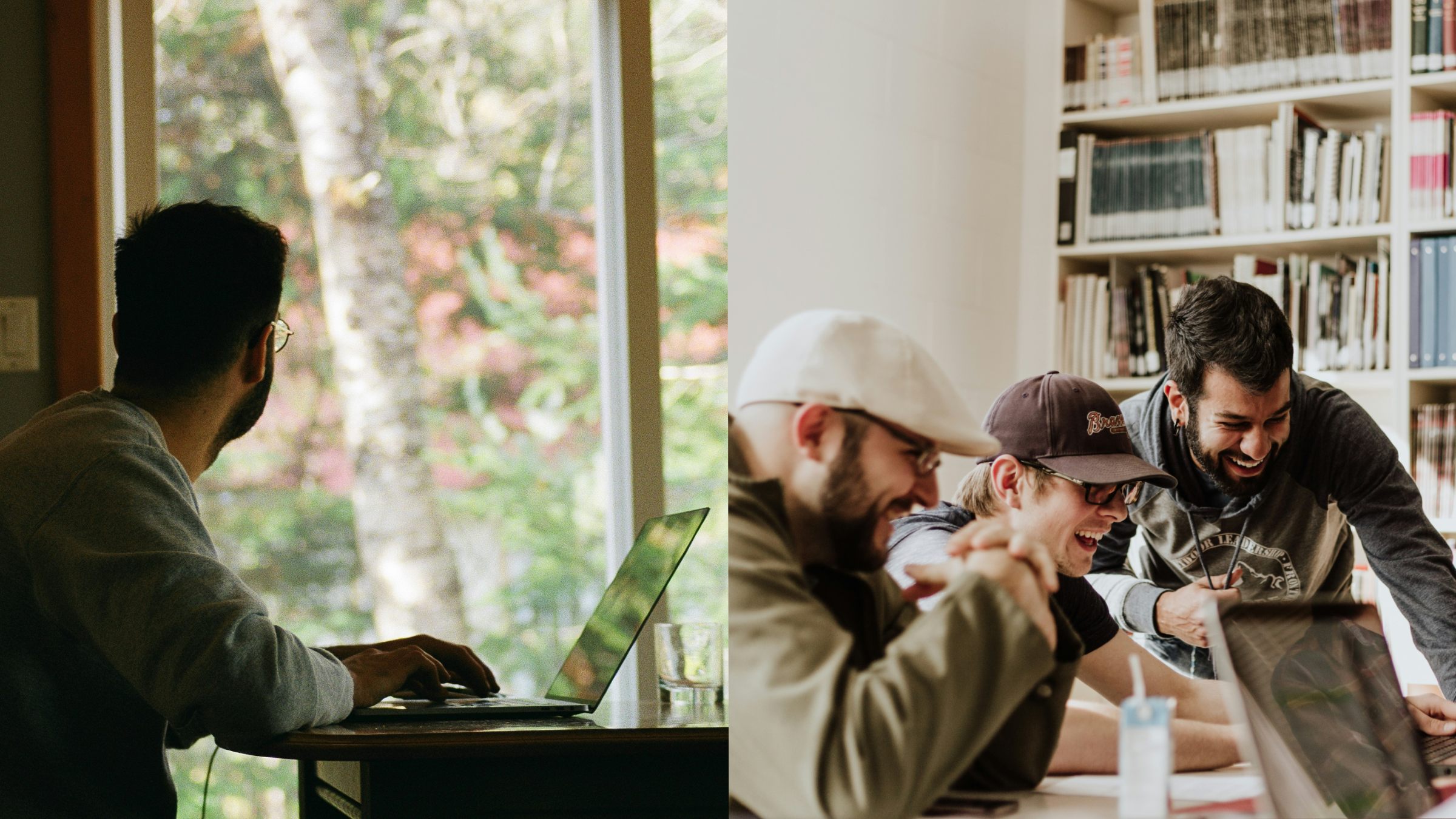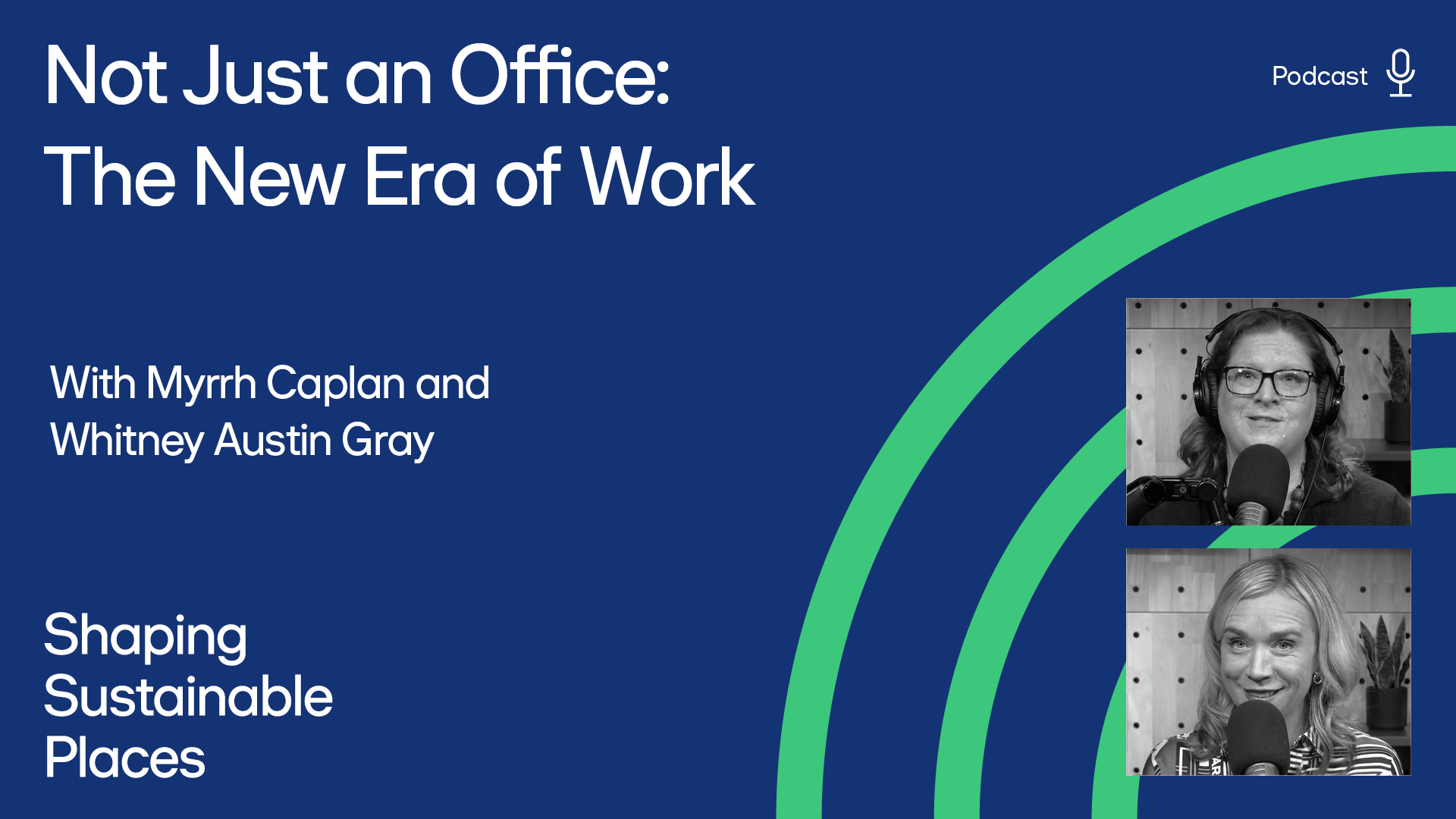

‘The boundaries between work and leisure are blurred more easily when working from home,’ says Lina Ejlertsson.
Working from home may feel convenient – but a recent study shows we're often fooling ourselves. The office provides a structure and context that we cannot recreate at home. When we try, the result is often increased stress.
Swedes like to work from home. But there is a downside. In February 2025, healthcare and safety group Falck released the report "Stress in the workplace". It shows that those who work remotely more than half of their time are also the most stressed. A full 37.5 percent of this group experience stress at levels associated with risk.
How has it come to this? The lack of structure is a major contributor, says Lina Ejlertsson, who has a doctorate in public health and conducts research into recovery and health in working life. “The boundaries between work and leisure are blurred more easily when working from home,” she says. “You may not have an office you can shut down at home: the computer is in front of the dinner table and we are constantly connected.”
If you are sick at home, don’t take part in digital meetings just because you can
Lina says that recovery is the single most important factor in reducing stress. “Stress only becomes dangerous when it is not balanced out by recovery. If the manager allows themselves time to recover and is a recovery-supportive leader, this is reflected in the rest of the organization. (It is also important to) set up structures and guidelines for communication. A first step can be as simple as deciding that when we are off, we will not send emails.”
Lina also talks about importance of dialogue about expectations when absent. “If you are sick at home, don’t take part in digital meetings just because you can. Someone who is sick and working does not get the opportunity they need to recover as quickly.
“Working a little bit when you really shouldn't, that can be a major stress factor. The employer should set up clear guidelines about what applies…This helps to draw the line between work and leisure.”
Rituals to start and finish your workday
The boundary between work and leisure becomes clearer when we work in the office because you come to and leave a physical place. This makes it easier for both the body and the brain to understand “now I am working” and “now I am no longer working”.
For the days you cannot be in the office, Lina has two solid tips: “A walk, even if it is just around the block, at the beginning and end of the workday can help. Another factor is your choice of clothes. One tip is to change into “work clothes” when you work and to put on your sweatpants only after the end of the workday.
“Ergonomics also affect your stress level. In the office, you usually have a height-adjustable desk, a good office chair and other tools that help you sit, stand and work in a good way. Poor ergonomics create tension and stress in the body.”
Social isolation is another risk factor for ill health. When we don't see each other in person, both collegial togetherness and the creative exchange of ideas decrease. You simply miss out on that important water-cooler chat.
Introducing a regular check-in is a way to keep track of your recovery needs and can also help maintain social contact. Lina says: “Meetings whose main purpose is social interaction and joint recovery are a good idea. Or start meetings with a round where everyone gets to tell how things are.
“One of my most important exercises for promoting well-being is to end the working day with a positive reflection. It helps us leave work, bring a good feeling into our free time and promote that all-important boundary-setting,” she says.
This article was originally published on Flervärden, a website about inspiring workplaces from Skanska Sweden. The original article, in Swedish, can be found here.
3 tips to reduce workday stress
- Try to pinpoint your recovery needs. How much energy do my batteries have today? What recovery needs do I have? What kind of recovery? We are all different and what is good recovery for one person may not be good for someone else.
- Don't forget your micro-breaks A five-to-ten minute break every hour and a longer break of at least 30 minutes is the recommendation for a working day, whether you work from home or in the office. Don’t book meetings too close together. Do you forget to take breaks? Set a timer. Do you have to choose between micro breaks and a long break? Choose micro breaks. The long break enhances the effect of micro breaks, but micro breaks are more important if you have to choose.
- Boost creativity in the office Anyone who sits at home for more than half of their working time experiences more risk-level stress. When we don't meet, creativity decreases. The interpersonal encounters that occur in the office, in the coffee room and between tasks contribute to diversity and new, better ideas. In addition, at the office, you don't have to see the laundry basket.
Related articles



